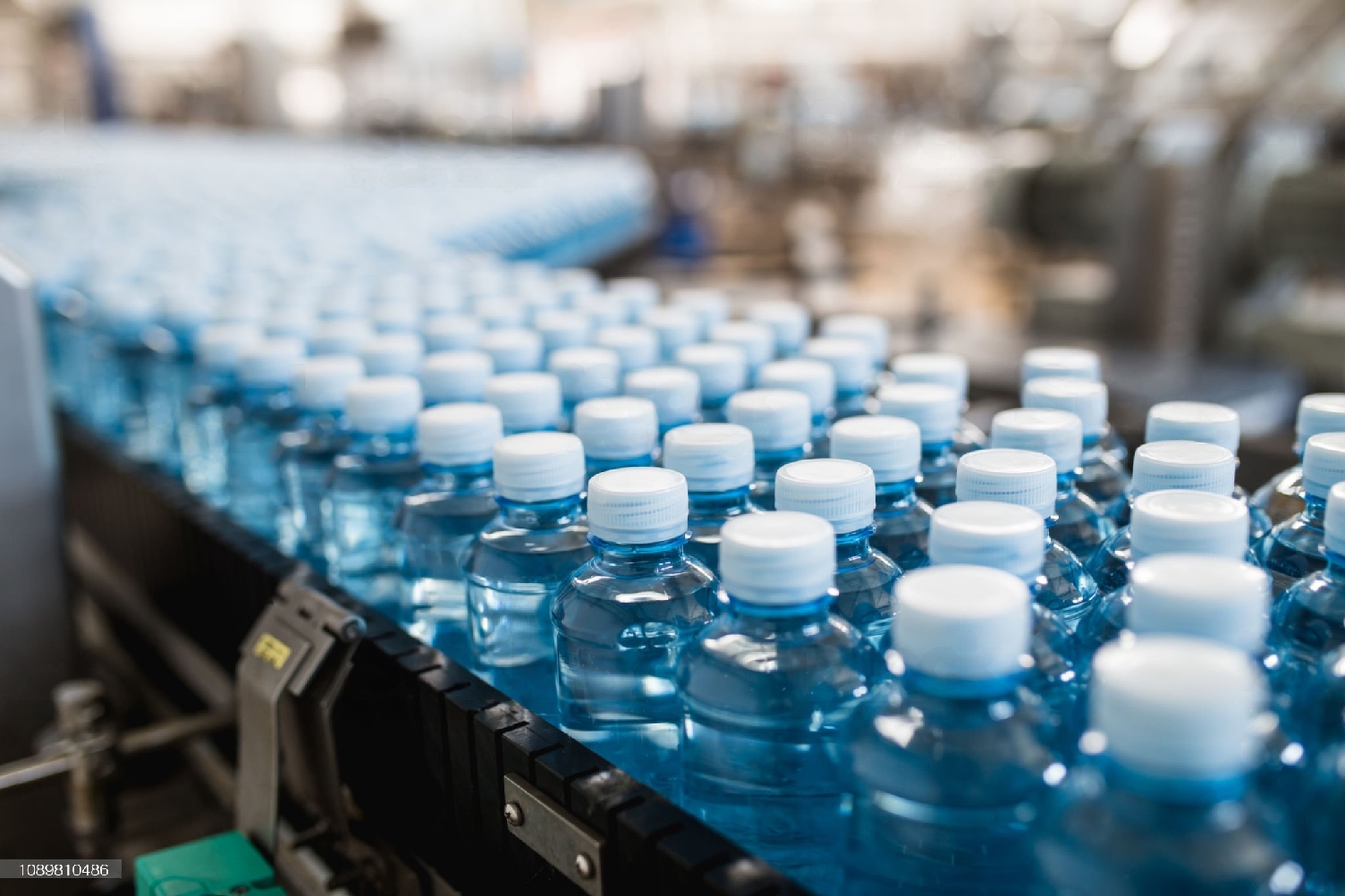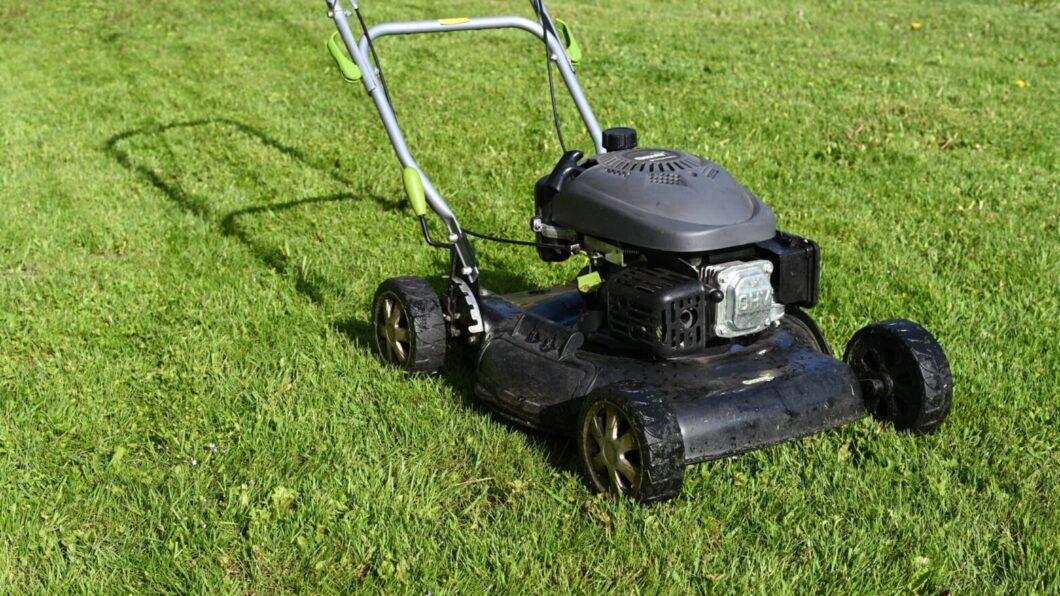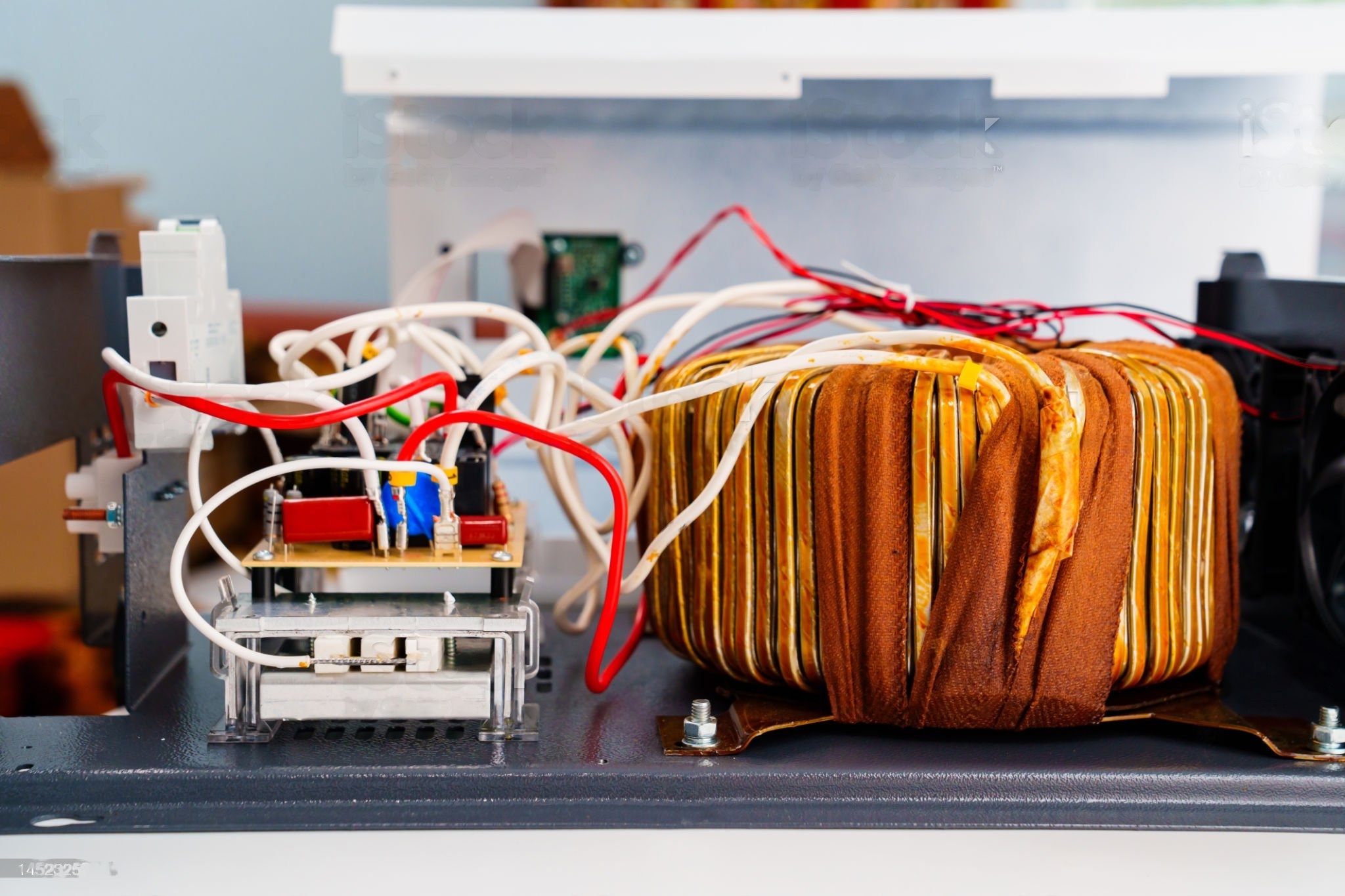As an avid consumer of bottled water and other packaged foods, I have always been curious about the materials used to make the packaging. Preforms are a key component of such packaging, and it is essential to know their composition. In this article, I will delve into the world of preforms, exploring why they are used, the materials they are made of, and whether these materials are harmful to our health.
Preforms are small, thin-walled plastic tubes that serve as the starting point for making plastic bottles. They are typically made from a type of plastic called polyethylene terephthalate (PET). These preforms are produced using a process called injection molding, which involves melting the plastic and then injecting it into a mold. Once the plastic has cooled and solidified, the mold is opened, and the preform is ejected.
Why are Preforms Used?
Preforms are used for a variety of reasons. Firstly, they are lightweight, which makes them ideal for use in packaging. Secondly, they are strong and durable, which means they can withstand the rigors of transportation and storage. Finally, preforms can be easily shaped into a variety of different forms, which makes them versatile and adaptable to different packaging needs.
What Material are the Preforms Made of?
As mentioned earlier, preforms are made from PET plastic. This type of plastic is recyclable and has become increasingly popular in recent years due to its many advantages. PET plastic is lightweight, transparent, and has good barrier properties, which means it can protect the contents of the packaging from contamination and spoilage. In addition, PET plastic is relatively cheap and easy to produce, which makes it an attractive option for manufacturers.
However, it is important to note that PET plastic is not the only material used to make preforms. Other materials, such as polycarbonate, are also used, but they are less common. Polycarbonate is a type of plastic that is known for its strength and durability. It is often used in applications where high impact resistance is required, such as in safety glasses and bulletproof windows.
Are the Materials from which the Preforms are Prepared Harmful to Health?
There has been some concern in recent years about the potential health risks associated with the use of PET plastic. Some studies have suggested that PET plastic may release chemicals that are harmful to human health, such as antimony and phthalates. However, the evidence is inconclusive, and regulatory agencies such as the FDA and the European Food Safety Authority have deemed PET plastic to be safe for use in food packaging.
Similarly, the use of polycarbonate in food packaging has also been subject to scrutiny. Polycarbonate contains bisphenol A (BPA), a chemical that has been linked to a range of health problems, including cancer, reproductive disorders, and developmental problems in children. As a result, many manufacturers have moved away from using polycarbonate in food packaging, opting instead for safer materials such as PET plastic.
Conclusion
In conclusion, preforms are an essential component of plastic bottles and other food packaging. They are made from a variety of materials, but PET plastic is by far the most common. While there have been concerns about the potential health risks associated with the use of these materials, regulatory agencies have deemed them safe for use in food packaging. As consumers, it is important to be aware of the materials used in the products we consume, but we can rest assured that the preforms used in our food packaging are safe for our health.


